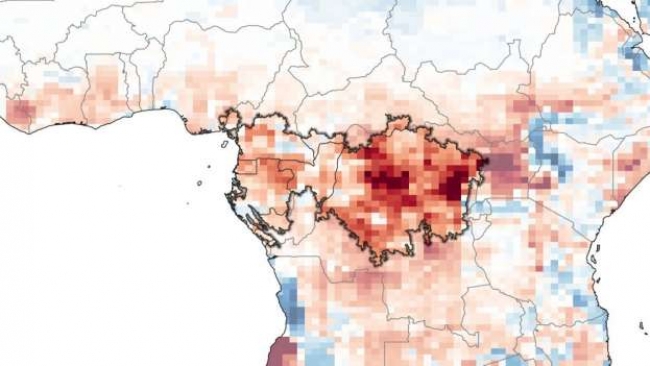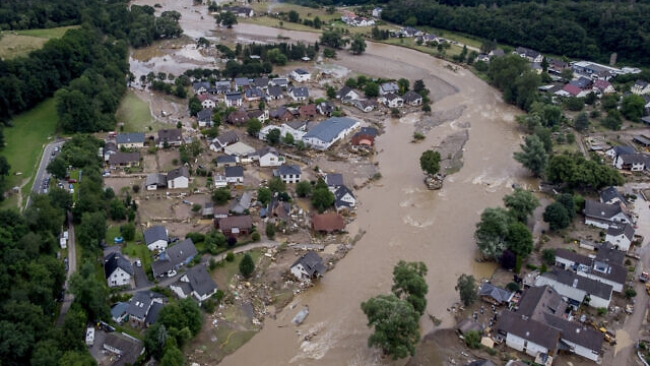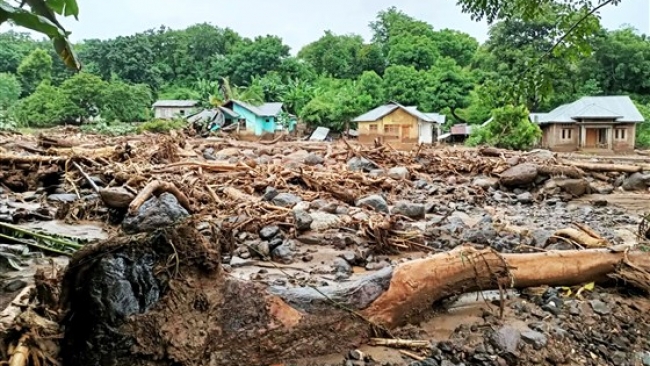Tropical cyclones could last longer after landfall in a warming world

Tropical cyclones weaken after they reach land. But it emerges that for the North Atlantic basin, storms are weakening more slowly as regional sea surface temperatures increase.
Tropical cyclones can cause substantial damage and death when they reach land, as a result of wind, storm surges and rainfall. It is known that tropical-cyclone intensity (measured by maximum wind speed) typically decreases rapidly after the storm reaches land1. However, existing models do not take into account whether and how this rate of storm decay after landfall depends on climate1,2. Writing in Nature, Li and Chakraborty3 report that the rate at which tropical cyclones from the North Atlantic decay after landfall has changed since the 1960s — their intensity has been decreasing more slowly over time. This shift is mainly due to warming sea surface temperatures. The authors’ work adds weight to growing concerns4 that tropical cyclones might become more damaging in the future.
Read more at natureSource: nature
Fri 13 Nov 2020 at 10:47




